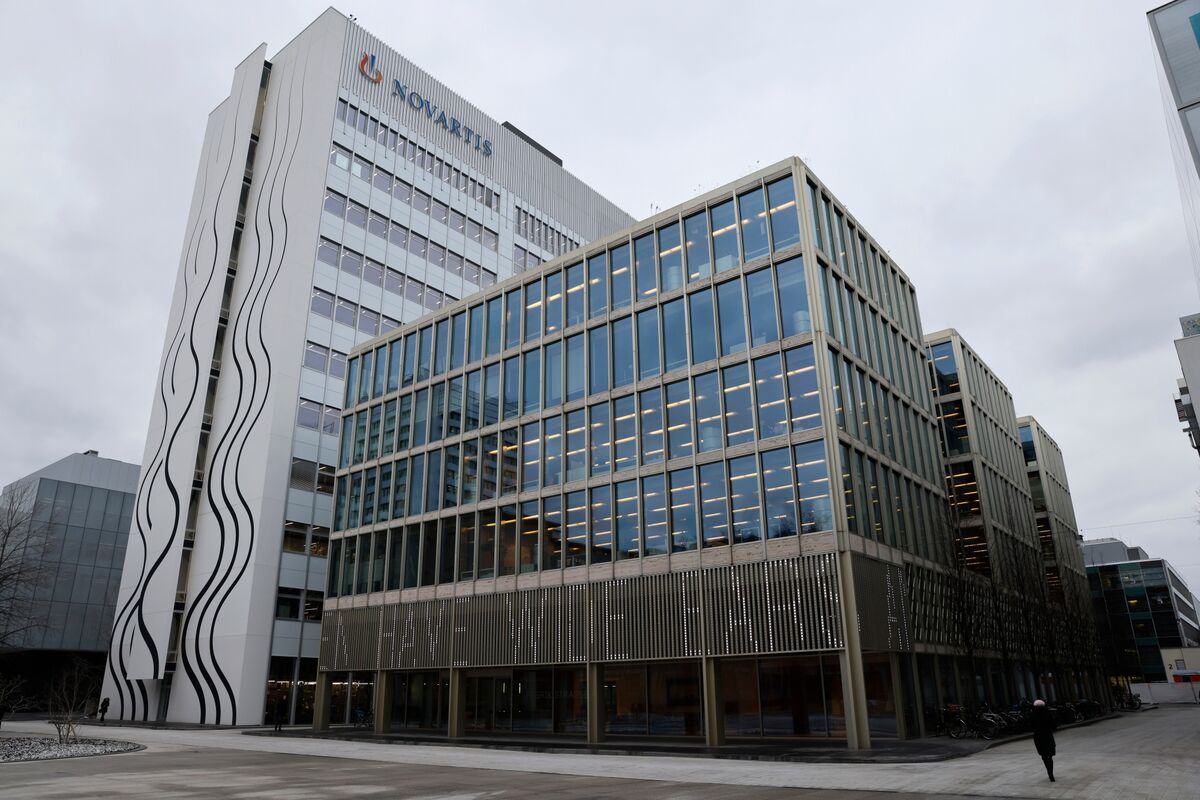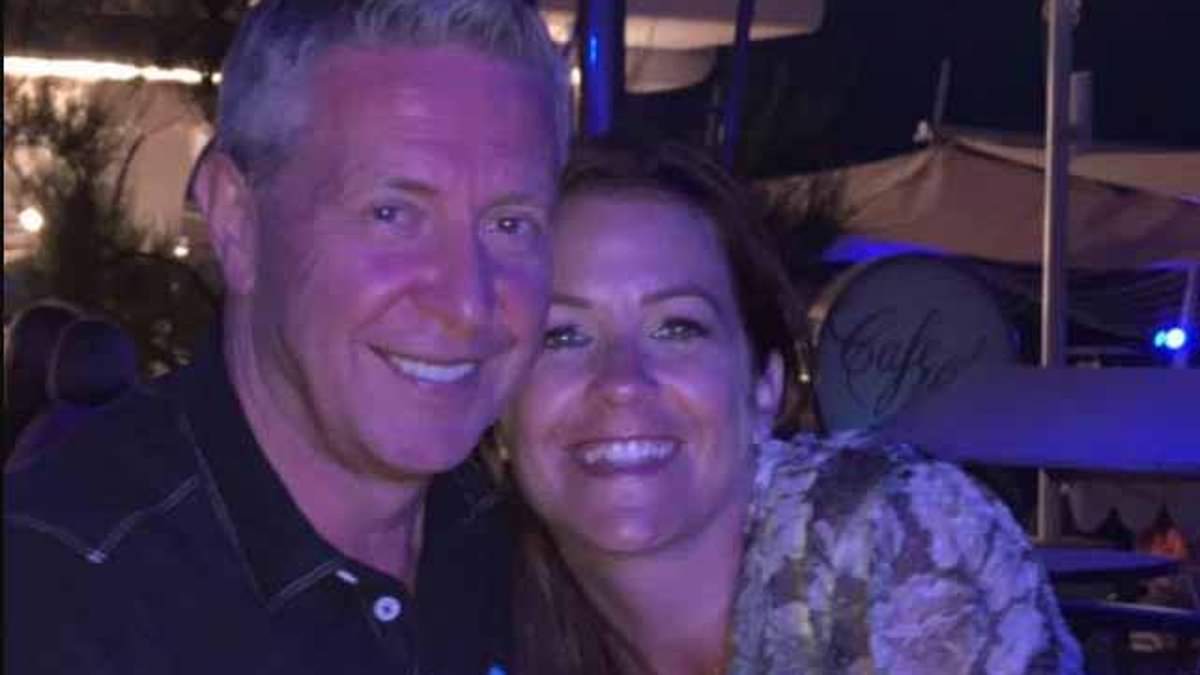Copyright Simple Flying

Southwest Airlines (NYSE: LUV) has secured approval from the state of Hawaii to open its first dedicated airport lounge, which it has designated as a "VIP Airport Lounge" at Honolulu's Daniel K. Inouye International Airport (HNL). Hawaii's Department of Transportation lease states that this space spans roughly 12,241 square feet (1,137 square meters) across two levels in Building 342, which was formerly the Garden Conference Center. The airline has reportedly received a five-year term with $20 million in minimum improvement costs, according to government filings. Rent is based on the terminal building rate of $156.14 per square foot ($1,680 per square meter). The original story was reported by Enilria, with extensive coverage analyzing the broader push in the context of the airline's entry into the semi-premium market. Sources have indicated that the carrier could be planning on opening up lounges at Baltimore/Washington International Airport (BWI), Denver International Airport (DEN), and Nashville International Airport (BNA). A New Lounge That Brings A Lot To The Table Southwest Airlines has been planning on entering the premium market for quite a while now. This new lounge is one of the first and most concrete steps we have seen from the airline that demonstrates its interest in being a major player in the premium market for the long term. The airline is going to invest a minimum of $20 million into the new facility, undeniably highlighting the carrier's commitment to developing a solid premium footprint at the facility. Given the nature of Southwest's operations and the type of premium traveler it is looking to target, it is highly unlikely that the airline will be in a situation where it wants to add the kind of lavish features we see at Delta's Delta One lounges or United's Polaris lounges. It will likely be closer in style to some of Alaska Airlines' lounges. Comforts will be provided, but extravagances will likely not be a part of the lounge's overall design. What Are The Strategic & Financial Implications Of This For Southwest? From a strategic perspective, the Honolulu lounge is a visible pivot from the pure no-frills operations that Southwest was once known for. The airline is digging deeper into the premium and loyalty flywheel, with lounges supporting higher-yield customers and corporate wins, helping secure potential premium credit card spending by offering lounge access as a perk. New revenue that is less cyclical could bring a lot to the table for the airline. This also counters Alaska and Hawaiian's premium investments at Honolulu International, helping the airline raise its profile with affluent leisure and small-business travelers. From a financial perspective, investing $20 million is a significant capital expense, and one that the airline clearly believes will be worth its effort. Overall payback depends significantly on credit card economics and day pass sales, with an incremental share coming from premium-leaning passengers. The airline faces very high execution risks, including operating standards that are unfamiliar to Southwest Airlines and access policy choices that balance exclusivity with overall crowding. What Does All Of This Mean For Passengers? For loyal Southwest Airlines passengers, this new lounge signals more choice at Honolulu International, and it elevates the nature of the overall travel experience. Passengers can access quieter workspaces, showers, food, drink, and assistance in the event of travel disruptions. These are features that Southwest flyers typically have not had access to under the brand's traditional model. Access rules remain unannounced. However, passengers can anticipate that those with premium Rapid Rewards credit cards will be able to access the facility in some way. Inclusion in Priority Pass and other third-party lounge programs could also be possible. Benefits for customers from this kind of lounge are exceptional, and they provide excellent value for those already interested in a Southwest Airlines credit card. Benefits include smoother connections across the board, irregular operations' recovery, and a clearer premium pathway for customers who are in search of comfort without having to leave the Southwest Airlines network. The carrier, however, will need to carefully balance access to avoid crowding, which could replicate issues seen at other lounges.



